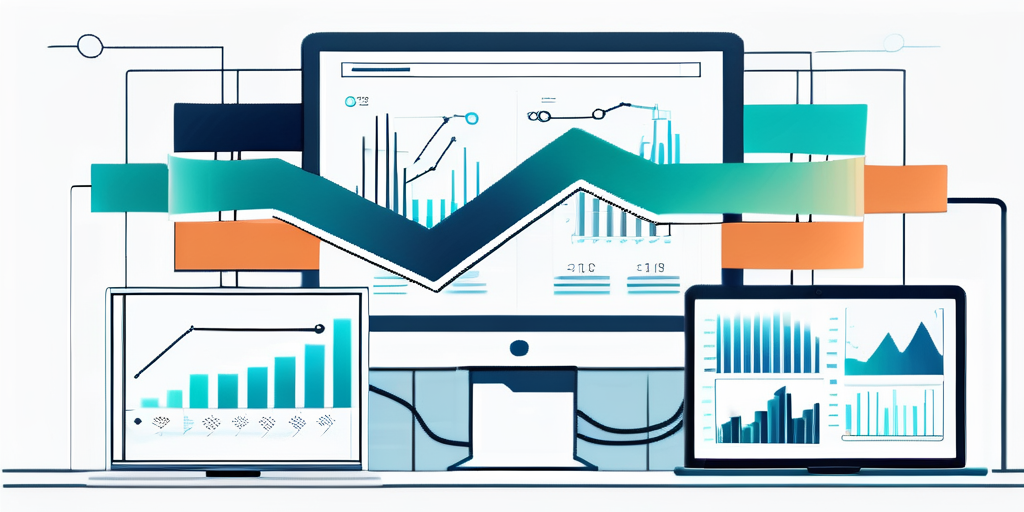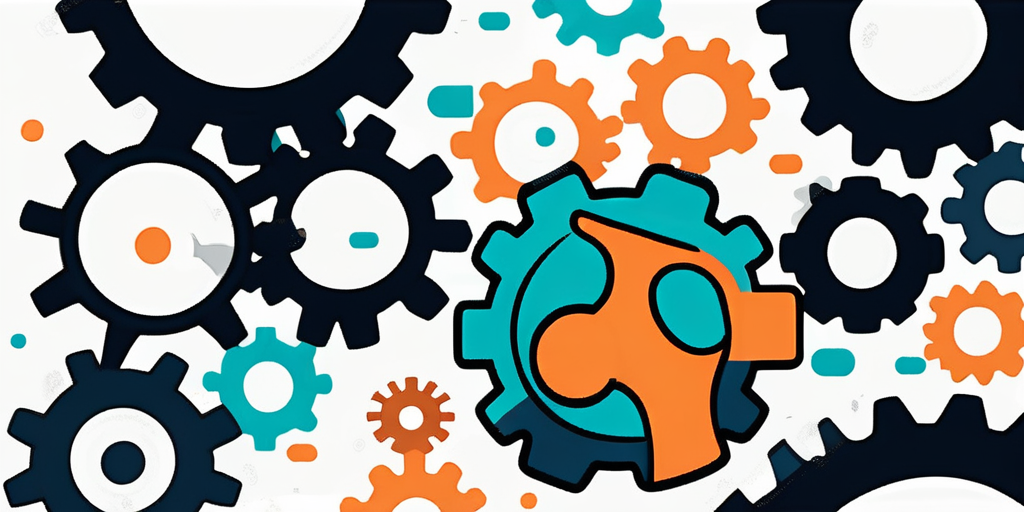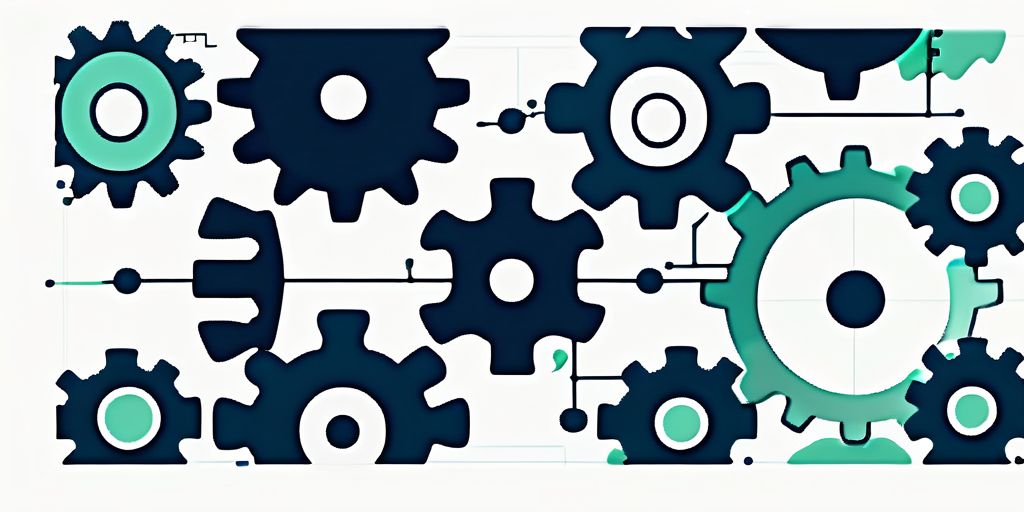How to support x12 EDI with Shopify & 3PL Warehouse?
Learn how to seamlessly integrate x12 EDI with Shopify and 3PL Warehouse to streamline your e-commerce operations.
Influencers, wholesale & more
Inventory effective & expiration datesNo more spreadsheets required
Multi-status, multi-location inventoryWarehouses, stores, and channels
Fulfillment holds & order editsAuto-hold on new CX ticket
Automate fulfillment rulesBundles, marketing SKUs, and more

Influencers, wholesale & more
Inventory effective & expiration datesNo more spreadsheets required
Multi-status, multi-location inventoryWarehouses, stores, and channels
Fulfillment holds & order editsAuto-hold on new CX ticket
Automate fulfillment rulesBundles, marketing SKUs, and more
Discover how to seamlessly integrate Shopify Plus with wholesale B2B and EDI (x12) to streamline your business operations and enhance your customer experience.
In today's digital age, businesses are constantly looking for ways to streamline their operations and increase efficiency. One solution that has gained popularity is the integration of Shopify Plus with wholesale B2B and EDI (x12) systems. This powerful combination allows businesses to seamlessly manage their B2B operations while also automating the exchange of electronic business documents. In this article, we will explore the benefits of integrating wholesale B2B and EDI (x12) with Shopify Plus, provide a comprehensive guide to the integration process, showcase successful case studies, and discuss common challenges and how to overcome them.
To truly understand the potential of integrating Shopify Plus with wholesale B2B and EDI (x12), it is important to first grasp the concept of x12 EDI. EDI, or Electronic Data Interchange, is the electronic exchange of business documents between trading partners. It allows businesses to exchange information such as purchase orders, invoices, and shipping notices in a standardized electronic format.

EDI has revolutionized the way businesses communicate and conduct transactions. Before the advent of EDI, businesses relied on manual processes for exchanging information, which were time-consuming and prone to errors. With EDI, however, businesses can automate their supply chain processes, reducing the need for manual intervention and streamlining operations.
One of the most widely used formats for EDI documents is x12. The x12 format was developed by the American National Standards Institute (ANSI) and is predominantly used in North America. It provides a standardized structure for various types of business documents, ensuring consistency and compatibility between different trading partners.
By leveraging x12 EDI, businesses can experience a multitude of benefits. Firstly, it enables seamless integration between different systems and platforms, allowing for the smooth flow of information across the supply chain. This integration eliminates the need for manual data entry, reducing the risk of errors and improving overall efficiency.
Furthermore, x12 EDI promotes faster and more accurate order processing. With EDI, purchase orders can be electronically transmitted from the buyer to the supplier, eliminating the need for paper-based orders and manual processing. This streamlined process not only saves time but also reduces the likelihood of order discrepancies and delays.
In addition, x12 EDI facilitates better inventory management. By automating the exchange of inventory-related information, businesses can keep track of stock levels in real-time, ensuring optimal inventory levels and minimizing the risk of stockouts or overstocking.
Moreover, x12 EDI enhances communication and collaboration between trading partners. With standardized document formats, businesses can easily exchange information with multiple partners, regardless of their internal systems or software. This interoperability fosters stronger relationships and enables seamless collaboration throughout the supply chain.
Overall, x12 EDI is a powerful tool for businesses looking to optimize their supply chain processes. Its standardized format, automation capabilities, and seamless integration make it an invaluable asset for streamlining operations, reducing errors, and improving overall efficiency.
Wholesale B2B integration is a crucial process for businesses looking to optimize their B2B operations and enhance their ecommerce platform. One of the most effective ways to achieve this integration is by connecting Shopify Plus with wholesale B2B, which offers numerous benefits for businesses and their wholesale customers.

When businesses integrate Shopify Plus with wholesale B2B, they can create a seamless and personalized experience for their wholesale customers. By offering personalized pricing, businesses can cater to the unique needs of each wholesale customer, ensuring that they receive the best possible pricing for their orders. This not only strengthens the relationship between the business and its wholesale customers but also increases customer loyalty and satisfaction.
In addition to personalized pricing, wholesale B2B integration allows businesses to efficiently manage their inventory levels. With real-time updates on product availability, businesses can ensure that their wholesale customers have accurate information about the availability of products. This eliminates the risk of overselling or disappointing customers due to inaccurate inventory data. By providing reliable and up-to-date information, businesses can build trust with their wholesale customers, leading to long-term partnerships and increased sales.
Furthermore, wholesale B2B integration streamlines the ordering process for both businesses and their wholesale customers. By eliminating the need for manual data entry, businesses can save time and reduce the risk of errors. Wholesale customers can easily place orders through the integrated system, without the hassle of manually inputting product details, quantities, and shipping information. This not only improves efficiency but also enhances the overall customer experience, making it easier and more convenient for wholesale customers to do business with the company.
Another significant advantage of wholesale B2B integration is the ability to provide real-time updates on order status and shipping information. Wholesale customers can easily track the progress of their orders, from the moment they are placed to the moment they are delivered. This transparency and visibility into the order fulfillment process enhance customer satisfaction and trust, as wholesale customers can stay informed and plan their inventory management accordingly.
In conclusion, wholesale B2B integration, particularly when combined with Shopify Plus, offers a wide range of benefits for businesses and their wholesale customers. From personalized pricing and efficient inventory management to streamlined ordering processes and real-time updates, this integration enhances the overall customer experience and strengthens the business's relationship with its wholesale customers. By investing in wholesale B2B integration, businesses can stay ahead of the competition and drive growth in the wholesale sector.
Integrating EDI (x12) with Shopify Plus may seem like a complex task, but with the right approach, it can be a smooth and streamlined process. Here is a step-by-step guide:

Before embarking on the integration process, it is crucial to assess your business requirements and understand your integration needs. Take the time to evaluate your current workflows, systems, and processes to identify the areas where EDI integration can bring the most value. This assessment will help you define your integration goals and set clear expectations for the project.
Choosing the right EDI provider is a critical step in the integration process. Look for a provider that specializes in x12 format and has a proven track record of successful integrations with Shopify Plus. Consider factors such as reliability, scalability, security, and customer support when making your selection. It is also advisable to read reviews and seek recommendations from other businesses in your industry.
Before proceeding with the integration, it is essential to ensure that your Shopify Plus platform is compatible with the chosen EDI provider. Check for any technical requirements or limitations that may affect the integration process. It is recommended to consult with your EDI provider and Shopify Plus support to ensure a seamless compatibility between the two systems.
Once you have selected your EDI provider and confirmed compatibility with Shopify Plus, it is time to configure the necessary settings in both systems. This includes setting up the connection between the two platforms, establishing data mapping rules, and defining communication protocols. Pay close attention to the configuration process to ensure accurate data transmission and smooth integration.
Mapping your business processes to the corresponding EDI documents is a crucial step in the integration process. This involves identifying the specific EDI documents required for each business process, such as purchase orders, invoices, and shipping notices. Work closely with your EDI provider to map your existing workflows to the appropriate EDI formats, ensuring seamless data exchange between your systems.
Before launching the integration, it is essential to thoroughly test the system to ensure data accuracy and consistency. Conduct comprehensive testing scenarios to validate the integration's performance, including data validation, error handling, and exception handling. This testing phase will help identify and resolve any issues or discrepancies before going live.
Once you have completed the necessary configurations and testing, it is time to launch the integration. Monitor the integration closely in the initial stages to ensure its smooth operation. Keep an eye on data synchronization, order processing, and any potential errors or disruptions. Regularly review the integration's performance and make any necessary adjustments to optimize its efficiency.
By following this comprehensive guide, businesses can successfully integrate EDI (x12) with Shopify Plus and unlock the full potential of their wholesale B2B operations.
While integrating wholesale B2B and EDI (x12) with Shopify Plus offers numerous benefits, there can be challenges along the way. Some common challenges include data mapping, system compatibility issues, and managing complex workflows. To overcome these challenges:
By addressing these challenges proactively, businesses can ensure a smooth integration of wholesale B2B and EDI (x12) with Shopify Plus and maximize the benefits it offers.
As businesses continue to embrace the digital transformation, integrating Shopify Plus with wholesale B2B and EDI (x12) systems becomes crucial for staying competitive in today's market. By following the steps outlined in this comprehensive guide, learning from successful case studies, and proactively addressing challenges, businesses can unlock the full potential of this integration and streamline their operations to achieve greater efficiency and success.
Learn how to seamlessly integrate x12 EDI with Shopify and 3PL Warehouse to streamline your e-commerce operations.
Discover how B2B order management software streamlines your business operations in one convenient platform.
Managing inventory and order fulfillment separately for a B2B and B2C business can over-complicate operations. Combining both into one operation with...